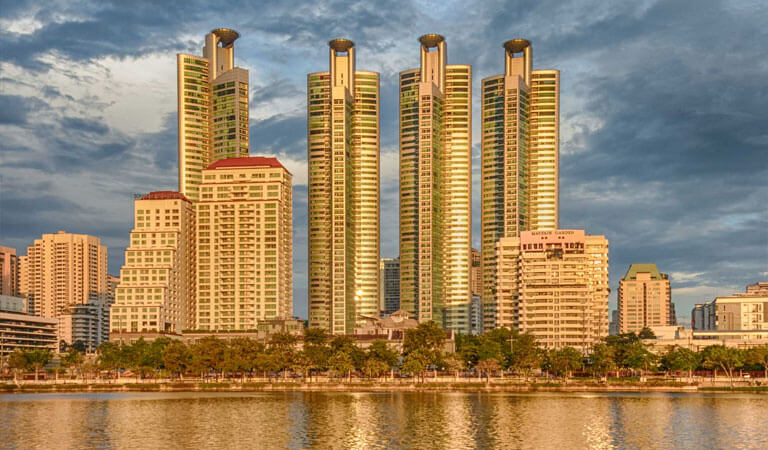
Human beings are infinitely complex. Our brains are set up in such a way that we are truly unique and individual – yet there are common denominators if you know where to look for them. I often hear people express their frustration about leading their teams by stating ‘It’s like herding cats’. Well, I happen to have a unique perspective on that one, seeing as I currently have 6 of them at home, and I certainly find that I can directly translate good leadership skills into what I do with them in order for them to be well behaved and easy to deal with!
The importance of framework
With both cats and humans, it is essential to have a framework that they can work within. Without a clear framework, humans, like cats, will of necessity go off in all sorts of different directions. We all have different ideas about what is important in life, we have different comfort zones on how we want to get there and we may have somewhat different values that causes us to react in different ways to the same experiences. And finally – let’s not even get started on different opinions…
This is probably one of the primary reasons it is so important for organisations of all sizes to be really clear about their framework – it allows the people that work there to pull in the same direction without being constantly micro-managed. The closer we have to manage people, the more disengaged and unmotivated they become – and eventually they leave. A strong framework can allow autonomy within it and autonomy is one of the key psychological needs we all have in order for us to enjoy our work.
The most obvious framework is that of Vision, Mission and Values.
Vision statements
An organisational vision describes the aspirations and purpose of the company. It highlights the desirable future, and where the organisation wants to end up. The vision is often purposely un-achievable, because it is meant to be the shining light that everyone orients towards. It is also more powerful when it is short and succinct.
Examples of vision statements:
- ‘Equality for everyone’ – Human Rights Campaign
- ‘To provide access to the world’s information in one click’ – Google
Mission statements
The organisational Mission is all about today. It describes what is being done on a daily basis to achieve the vision.
Examples of mission statements:
- ‘The Human Rights Campaign and the Human Rights Campaign Foundation together serve as America’s largest civil rights organization working to achieve LGBTQ equality. By inspiring and engaging individuals and communities, HRC strives to end discrimination against LGBTQ people and realize a world that achieves fundamental fairness and equality for all.’ – Human Rights Campaign
- ‘To organise the world’s information and make it universally accessible and useful’ – Google
The values
Finally, the values are what describes the QUALITY of what is being done – today and tomorrow. Organisational values are often backed up by descriptions of what beliefs and behaviours they entail. This is necessary, since values mean different things to different people.
Examples of values:
- innovation,
- fun,
- involvement,
- honesty,
- integrity,
- sharing,
- respect,
- growth,
- focus
What’s next?
Once an organisation has a clear idea of their vision, mission and values, it becomes far easier to set out a clear and comprehensive strategic map of where the company can best focus its efforts. That strategic map becomes yet another part of the framework that allows for creative autonomy and higher employee engagement. In essence – once everyone knows where they stand and what the ‘rules of engagement’ are, they can go off to fight the battle and win the war.
Sounds easy? Well… there might be a bit more to it than that, but this is where you start.
Picture by Yogendra Joshi: Somerset Lake, Bangkok